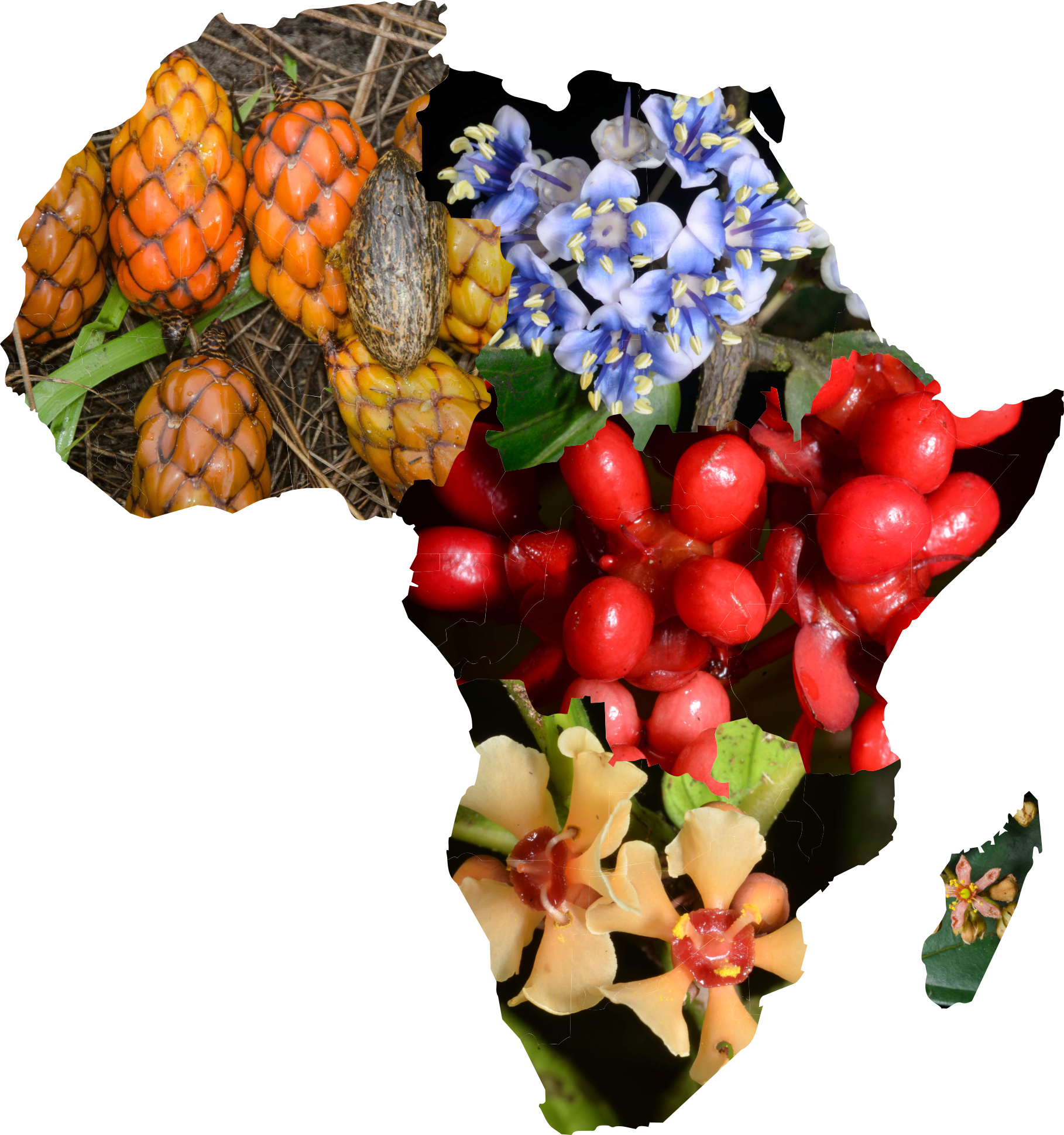IND
IND-0115262 Eric B. Knox 1830 1990-11-19
Democratic Republic of the Congo, Nord-Kivu, Virunga Mountains. Southeastern ascent of Mount Mikeno; 3475 m. (IX), -1.477574 29.423111, 3475m
IND
IND-0115261 Eric B. Knox 1948 1990-12-06
Tanzania, Kilimanjaro, Rombo, Mount Kilimanjaro. Above Mandara Huts; 2750 m. (T2), -3.178151 37.51708, 2750m
IND
IND-0115260 Eric B. Knox 2077 1991-01-12
Kenya, Rift Valley, Elgeyo-Marakwet, Cherangani Hills. Trail past Kaisungor to Chemnirot; 2950 m. (K3), 1.221027 35.523884, 2950m
IND
IND-0115257 Eric B. Knox 1013 1990-07-22
Tanzania, Morogoro, Mvomeru, Nguru Mountains. Above Mhonda Mission; 2000 m. (T6), -6.106572 37.533676, 2000m
IND
IND-0115256 Eric B. Knox 1917 1990-12-06
Tanzania, Kilimanjaro, Rombo, Mount Kilimanjaro. Marangu Route; 2260 m. (T2), -3.20904 37.521236, 2260m
IND
IND-0115255 Eric B. Knox 1957 1990-12-06
Tanzania, Kilimanjaro, Rombo, Mount Kilimanjaro. Above Mandara Huts; 2750 m. (T2), -3.178151 37.51708, 2750m
IND
IND-0153567 Eric B. Knox 330 1988-08-04
Rwanda, Nord, Virunga Mountains. Mount Sabinyo; 2500 m. (RUH), -1.416667 29.583333, 2500m
IND
IND-0154755 Eric B. Knox 1680 1990-10-26
Tanzania, Morogoro, Mvomeru, Nguru Mountains. Above Mhonda Mission; 1600 m. (T6), -6.11229 37.528784, 1600m
IND
IND-0154813 Eric B. Knox 2184 1991-02-28
Tanzania, Mbeya, Mbeya, Mbeya Mountains. Mbeya Peak; 2225 m. (T7), -8.830958 33.324977, 2225m
IND
IND-0154901 Eric B. Knox 2265 1991-03-13
Tanzania, Rukwa, Sumbawanga, Mbizi Forest Reserve; 2150 m. (T7), -7.906968 31.679198, 2150m
IND
IND-0154947 Eric B. Knox 2318 1991-03-29
Malawi, Northern, Nyika Plateau. Kaulime Lake; 2150 m. (M:N), -10.583333 33.766667, 2150m

